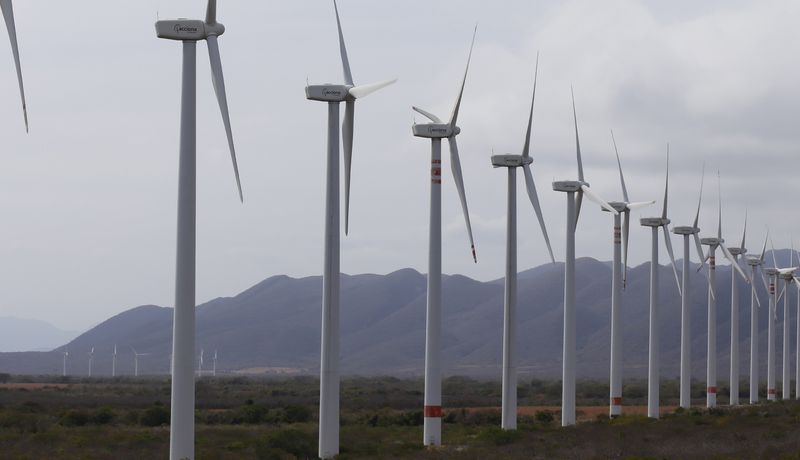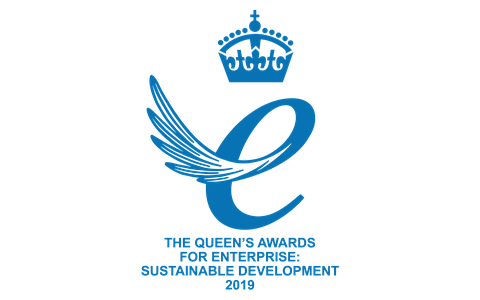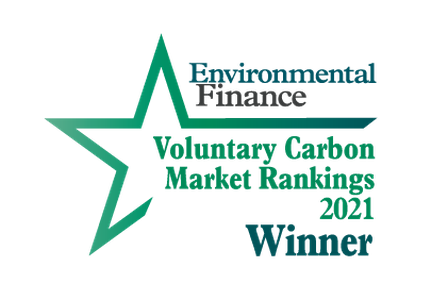Historically, the terms carbon neutral and net zero have been interchangeable. However, today there are more nuances to these terms as leaders in the space seek to ensure that voluntary action delivers meaningful impact both in the short and long-term.
In our initial blog in this Climate Calculus series, I set out the argument that: “Net zero is not our end point—it’s the inflection point at which an abundance of affordable solutions replaces risk with opportunity”. I also made the case that when so much is at stake in reaching this inflection point, it is prudent to aim well above the target as a contingency for unknown unknowns and uneven progress across all actors.
Back in 2002, we published the first version of The CarbonNeutral Protocol as a “by business for business” guide to taking meaningful and immediate action on climate. Without realising it at the time, the Protocol was an invitation to individuals and organisations to aim well above the policy and regulatory bar of the day.
Carbon neutrality came to mean the compensation (carbon offsetting) of unabated emissions through the retirement of carbon credits generated by independently validated and verified emission reduction projects. The emphasis was on carbon offsetting to achieve neutrality immediately, and on an ongoing basis. The term was recognised as the Oxford dictionary’s Word of the Year in 2006.
We didn’t think the Protocol would be as relevant or necessary almost two decades on, but we were wrong about that. Everyone knows we are way behind the curve on our progress to a stable climate. Without wishing to belabour that point, it is useful to calibrate our effort so far in order to recognise the importance of aiming high when it comes to voluntary action.
It’s thirty years since the IPCC’s First Report in 1990 identified climate change as a challenge with global consequences requiring international cooperation. The score card on that call to action isn’t great. GHG concentrations are rising and global emissions have yet to peak. The Paris Agreement which comes into force in eight months hasn’t been fully operationalised; and aggregated national targets fall far short for the scientifically defined 1.5°C target, which itself does not fully de-risk the climate threat. The Green Climate Fund established to help developing nations respond to the threat they didn’t much contribute to has yet to raise anywhere near its target of US$100bn by 2020.
Climate leadership is not about who is first over the net zero line. It’s about inspiring smart followers to aim above the bar and demonstrating how to do so.
No wonder voluntary action across the private sector is on the rise. Something must be done to turn hope into reality. And that something must address the urgency issue, the financing gap, the emissions gap and translate climate leadership into pragmatic action available to all so we can scale-up from a small but solid base. With that opportunity comes responsibility to ensure that voluntary action has integrity and impact in the transformation to the targeted net zero economy by 2050.
Historically, the terms carbon neutral and net zero have been interchangeable. However, today there are more nuances to these terms as leaders in the space seek to ensure that voluntary action delivers meaningful impact both in the short and long-term. Two key issues highlight the emerging distinction between the two terms…
- We cannot offset our way out of rising emissions. The simplicity and immediacy of carbon neutral has tended to place a lot of the emphasis on the offsetting component. However, neutrality is a combination of internal emission abatement and compensation. The latter without the former doesn’t add up to a stable climate. So, net zero is increasingly being used to focus on the importance of absolute abatement of emissions over the longer-term.
- We are running out of global atmospheric capacity to absorb GHG emissions. The math of carbon neutrality has tended to treat interventions that avoid and reduce emissions as equal to those that remove GHGs from the atmosphere. Using the analogy of a bath with the taps on, a balance is achieved either by turning down the taps (avoid or reduce emissions) or by draining an equal amount down the plug (removing emissions from the atmosphere and capturing them in carbon sinks). However, as we get closer and closer to the safe limit of GHG concentrations in the atmosphere, net zero shifts the emphasis from emission reductions and avoidance to removals.
These are important evolutionary developments which are raising the bar for voluntary action amongst climate leaders. However, if we are to aim ‘well above the target’, we need to ensure that climate leadership lays a path for smart followers, wherever they may be on their journey, providing them with an on-ramp to net zero. Climate leadership is not about who is first over the net zero line. It’s about inspiring smart followers to aim above the bar and demonstrating how to do so.
In simple terms, carbon neutrality is about immediate action that ‘banks’ climate progress throughout the journey to net zero. Along the way, we need to deploy the fullest range of proven mitigation approaches – combining avoided, reduced and removed emission solutions. It’s this ‘act now and use everything and the carbon sink’ approach that can deliver the required abundance of solutions. It also plays a critical role in providing climate finance to those developing economies waiting impatiently for much needed financing to support their climate mitigation and adaptation programmes.
Reaching and moving beyond the net zero inflection point is going to take every solution we have available, and a pragmatic, accessible approach to enable businesses throughout the world to step up to the challenge, in addition to the ratcheting up of ambition by governments.
- Webinar | Where CarbonNeutral® Certification Sits in Corporate Sustainability Strategies
- Webinar | The Calculus of Climate Change in a Viral World: Is it Time to Recalibrate?
- Climate Calculus Series: What’s the Right Price for Carbon?
- Climate Calculus Series: The Calculus of Climate Change in a Viral World?
Dernières actualités

New test article 2023
A dummy article to test title issue.
Pour en savoir plus
FR Test News Article
Article test en français
Pour en savoir plus
Natural Capital Partners and ClimateCare become Climate Impact Partners
Natural Capital Partners and ClimateCare become Climate Impact Partners and sets goal of delivering 1 billion tonnes of emission reductions by 2030.
Pour en savoir plusLes toutes dernières Insights de
Climate Impact Partners

10 idées reçues à abandonner sur la compensation carbone
10 idées reçues à abandonner sur le net zéro et la compensation carbone.
Pour en savoir plus
FR Test insight article
Testing all plug-ins in 2 column format for French
Pour en savoir plus
FR - Innovation test insight article
As carbon markets grow and innovate how can Web 3.0 be harnessed in a positive way to build scale and impact?
Pour en savoir plus










